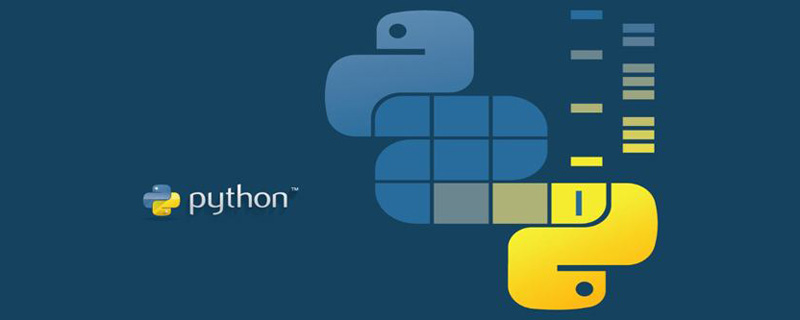When choosing a programming language suitable for microservice architecture, Python is one of the choices. It has benefits like an active community, better prototyping, and popularity among developers. It has some limitations so other languages can be used to avoid them.

Review and Statistics of Rapid Development Architecture Styles
The two main development architecture styles are monolithic architecture and microservice architecture. Monolithic has integrated principles and functions as a monolithic structure, making it best suited for small development projects or start-ups. When a platform grows and the business requires complex applications, it makes sense to split it into a microservices architecture.
Some languages and frameworks are more suitable for building microservice architecture. Java, Javascript, and Python are listed as the most popular languages for microservice development. According to this DZone post, Java is the first choice for most people (82%), followed by Node.js (40%), and Python and client-side JavaScript (31%). According to JetBrains, the 3 most popular programming languages for microservices architecture are Java (41%), Javascript (37%), and Python (25%).
Some are more suitable for monolithic architecture. In fact, many enterprises choose to build monolithic applications because the monolithic approach was more common until a few decades ago. As we can see, microservices in Python are not preferred but often chosen by developers, so let’s discuss them in detail.
Microservices in Python
A dynamic language without a static type system will be suitable for a microservices architecture. The combination of programming languages and this architecture provides the opportunity to create unique solutions and complex applications in software.
Technically every language that can establish communication between microservices will work. Creating microservices in Python allows the use of certain features/libraries/tools that may not be available elsewhere. Additionally, if you need to iterate quickly and the team can do their best using Python, this will be the right choice. Look for features in Python as it is an object-oriented language so adding specific features is beneficial.
Main Types of Microservice Architecture in Python
To understand the nature of microservices in Python, let’s look at their two different types: all-to-all services and event-driven types .
All-to-all services look similar to the usual development process. The relationship between microservices in Python is partly vertical, so they form a chain and are activated one by one. Communication between microservices here is more rigorous. The all-to-all service is similar to the singleton method, but divided into separate blocks.
In an event-driven microservice architecture, communication is faster and more complex. The principle here is that microservices are triggered after certain conditions. In other words, when the user interacts with the application (requests), the software performs certain actions (events).
Communication between microservices
Microservice-based applications are not as simple as monolithic applications, so the communication between them is more confusing. Here, processes do not activate each other, but react to events or requests.
Individual services require specific software called a message broker to create connections. They have different features and details. Amazon Web Services provides an out-of-the-box solution, but development teams can choose their own message broker. The most popular ones are RabbitMQ, ZeroMQ, Apache ActiveMQ, Apache Kafka, IBM MQ, etc.
Advantages of Python in Microservice Architecture
- With the right API format, prototyping is easier and faster than other languages. Prototyping helps correct design problems and identify improvements.
- Python allows developers to automate system provisioning and configuration of microservices. A single code change is replicated throughout the code base.
- It is compatible with traditional languages such as ASP and PHP and helps in creating web service front-ends to host microservices.
- The active community of Python developers provides great support and resources when you're looking for something. That doesn't mean other languages aren't available, but Python is generally very popular.
Disadvantages of Python in microservice architecture
- Execution speed may be affected. Python is an interpreted language, so it generates non-machine code when executed. Afterwards, an interpreter such as CPython, Jython, PyPy or PyCharm converts it at runtime into bytecode instructions that are executed in the CPU's virtual environment. Some languages compile to native code and execute faster (C and C++).
- Dynamic typing can cause many errors and crashes. Some errors that are ignored during compilation may appear at runtime. This is risky and may cause delays or crashes. Developers need to focus on and constantly test the application flow. This may seem obvious, but it adds extra work.
My insights into Python microservices
We have quite a few Python-based applications on a microservices architecture. Two of the most popular project frameworks are Flask and Django. The reason why we work with them is:
- Django has a variety of tools that can be used in projects. It's also faster, but some choices are made for you, so if you don't agree or want unique application requirements, use another framework like Flask or Fast API.
- Python is suitable for teams of any size and experience level. Why? Due to the language's popularity among developers, it is possible to be structured and controllable even though it scales well in terms of both expressiveness and freedom.
- For microservices architecture, there are better alternatives to Python, such as Javascript, but some customers just prefer it. A large community, many ready-made solutions, and rapid development make it familiar and trustworthy.
Conclusion
If you have an application idea and want to develop it using a microservices architecture, investigate the most popular frameworks and languages, and based on the features you need, the expertise of your team Choose one based on the resources you have. Business logic and business capabilities are crucial here, so consider microservices applications when you have complex systems, want continuous delivery, and require features such as asynchronous communication. In other cases, implementing microservices in Python can be expensive and unreasonable.
The above is the detailed content of Is Python effective for microservices architecture?. For more information, please follow other related articles on the PHP Chinese website!
 详细讲解Python之Seaborn(数据可视化)Apr 21, 2022 pm 06:08 PM
详细讲解Python之Seaborn(数据可视化)Apr 21, 2022 pm 06:08 PM本篇文章给大家带来了关于Python的相关知识,其中主要介绍了关于Seaborn的相关问题,包括了数据可视化处理的散点图、折线图、条形图等等内容,下面一起来看一下,希望对大家有帮助。
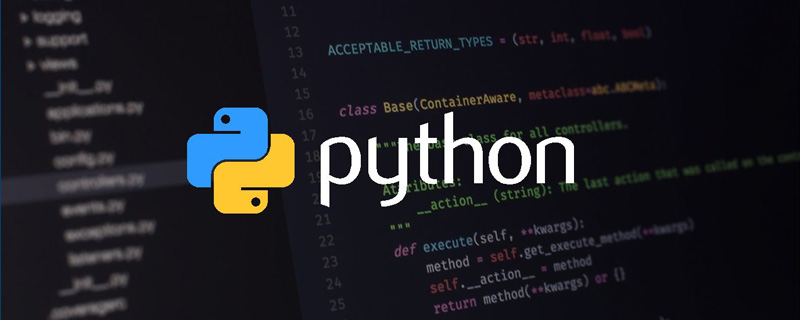 详细了解Python进程池与进程锁May 10, 2022 pm 06:11 PM
详细了解Python进程池与进程锁May 10, 2022 pm 06:11 PM本篇文章给大家带来了关于Python的相关知识,其中主要介绍了关于进程池与进程锁的相关问题,包括进程池的创建模块,进程池函数等等内容,下面一起来看一下,希望对大家有帮助。
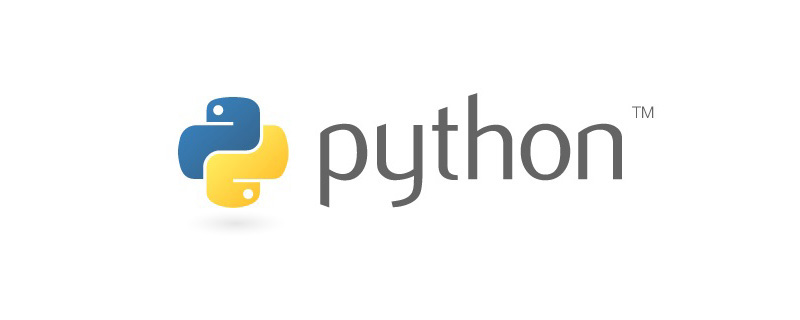 Python自动化实践之筛选简历Jun 07, 2022 pm 06:59 PM
Python自动化实践之筛选简历Jun 07, 2022 pm 06:59 PM本篇文章给大家带来了关于Python的相关知识,其中主要介绍了关于简历筛选的相关问题,包括了定义 ReadDoc 类用以读取 word 文件以及定义 search_word 函数用以筛选的相关内容,下面一起来看一下,希望对大家有帮助。
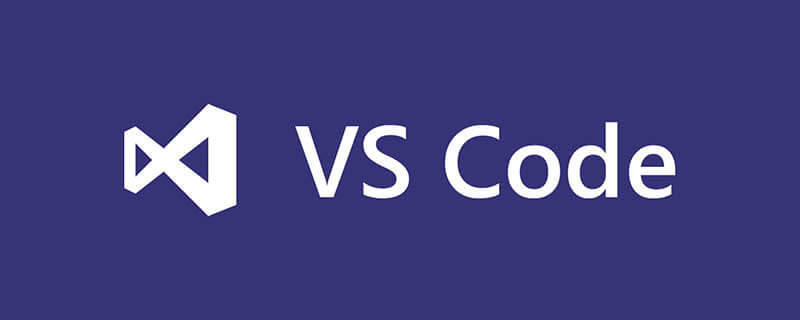 分享10款高效的VSCode插件,总有一款能够惊艳到你!!Mar 09, 2021 am 10:15 AM
分享10款高效的VSCode插件,总有一款能够惊艳到你!!Mar 09, 2021 am 10:15 AMVS Code的确是一款非常热门、有强大用户基础的一款开发工具。本文给大家介绍一下10款高效、好用的插件,能够让原本单薄的VS Code如虎添翼,开发效率顿时提升到一个新的阶段。
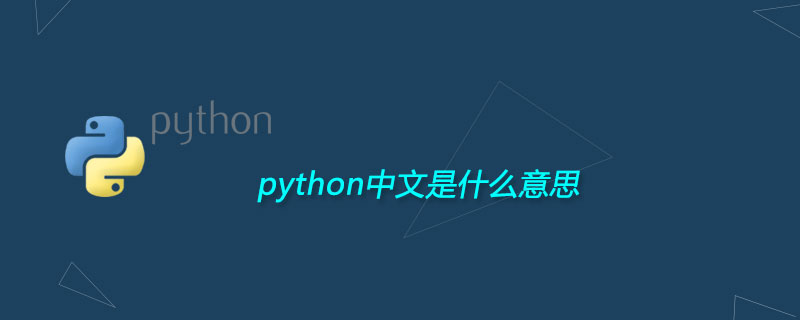 python中文是什么意思Jun 24, 2019 pm 02:22 PM
python中文是什么意思Jun 24, 2019 pm 02:22 PMpythn的中文意思是巨蟒、蟒蛇。1989年圣诞节期间,Guido van Rossum在家闲的没事干,为了跟朋友庆祝圣诞节,决定发明一种全新的脚本语言。他很喜欢一个肥皂剧叫Monty Python,所以便把这门语言叫做python。
 Python数据类型详解之字符串、数字Apr 27, 2022 pm 07:27 PM
Python数据类型详解之字符串、数字Apr 27, 2022 pm 07:27 PM本篇文章给大家带来了关于Python的相关知识,其中主要介绍了关于数据类型之字符串、数字的相关问题,下面一起来看一下,希望对大家有帮助。
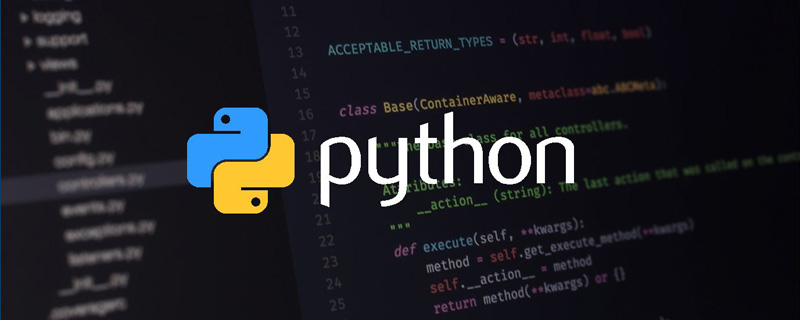 详细介绍python的numpy模块May 19, 2022 am 11:43 AM
详细介绍python的numpy模块May 19, 2022 am 11:43 AM本篇文章给大家带来了关于Python的相关知识,其中主要介绍了关于numpy模块的相关问题,Numpy是Numerical Python extensions的缩写,字面意思是Python数值计算扩展,下面一起来看一下,希望对大家有帮助。


Hot AI Tools

Undresser.AI Undress
AI-powered app for creating realistic nude photos

AI Clothes Remover
Online AI tool for removing clothes from photos.

Undress AI Tool
Undress images for free

Clothoff.io
AI clothes remover

AI Hentai Generator
Generate AI Hentai for free.

Hot Article

Hot Tools

SublimeText3 Mac version
God-level code editing software (SublimeText3)

Dreamweaver CS6
Visual web development tools

ZendStudio 13.5.1 Mac
Powerful PHP integrated development environment

Safe Exam Browser
Safe Exam Browser is a secure browser environment for taking online exams securely. This software turns any computer into a secure workstation. It controls access to any utility and prevents students from using unauthorized resources.

PhpStorm Mac version
The latest (2018.2.1) professional PHP integrated development tool






